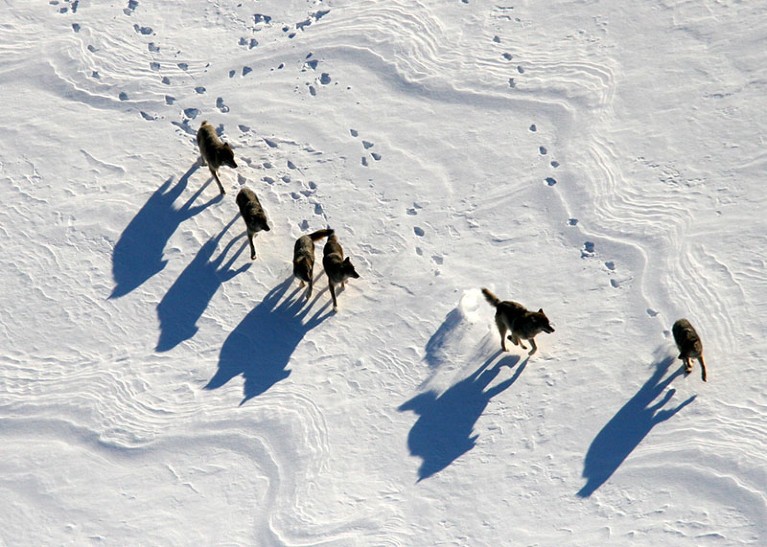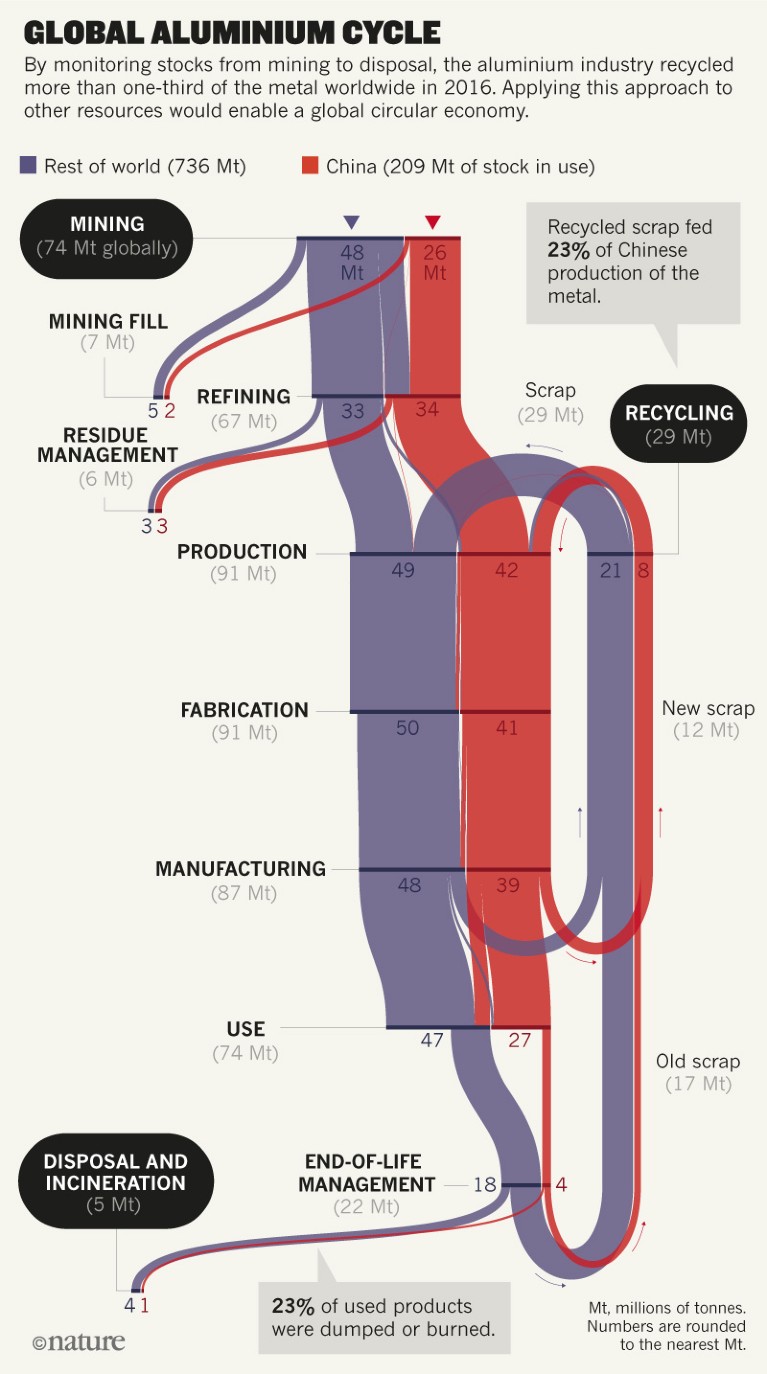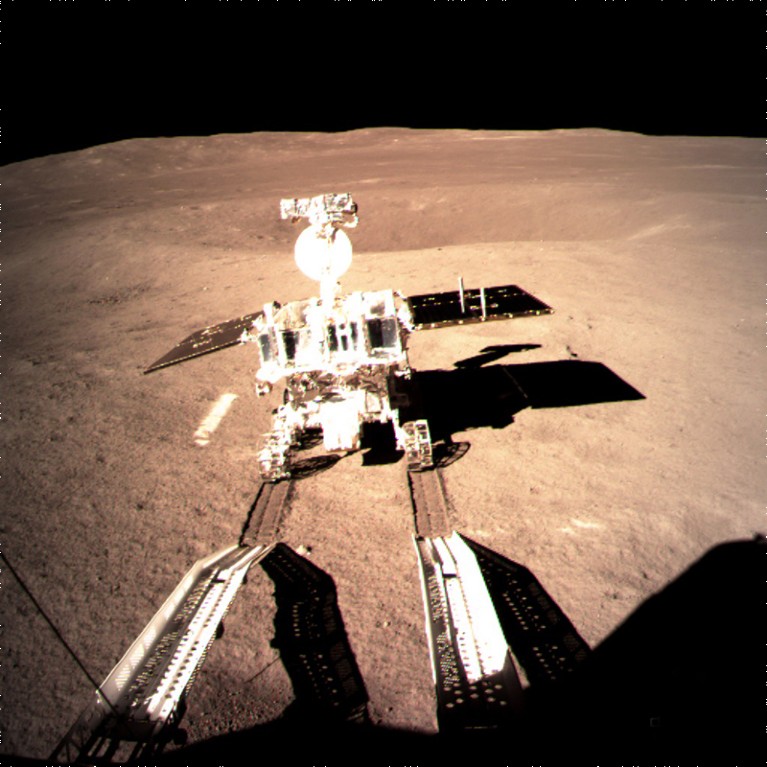Hello Nature readers, this is the news that matters in science today. You can also sign up to get it free in your inbox.

The wolves of Isle Royale, Michigan, have been studied by scientists since 1958.Credit: ZUMA Press/Alamy
Science and the shutdown: 5 things to watch
The Environmental Protection Agency, NASA and the National Science Foundation are among the US science agencies that have stopped processing grant applications, cut off access to key data sets and temporarily shuttered federal labs and offices thanks to the government shutdown that began on 22 December. Nature examines how the ongoing dispute means spacecraft are at risk, early-career scientists are facing financial meltdown and some data have now been lost forever.
California monarch butterflies hit record low
Early data from the California coast indicates that the western monarch butterfly population has crashed by 86% compared to last year, reaching an all-time low. The species has declined by 97% since the 1980s. Monarchs depend on milkweed plants, which have been declining because of pesticide use, urban development, droughts and wildfires.
The New York Times | 3 min read
How Zealandia took shape
The same geological processes that formed the oldest continents gave shape to what some consider the youngest: Zealandia. The region (home to New Zealand and New Caledonia, among others) is a mostly submerged landmass in the southwest Pacific Ocean that some researchers claim is the planet’s eighth continent.
Nature Research Highlights | 1 min read
Reference: Earth and Planetary Science Letters paper
Get more of Nature’s Research Highlights: short picks from the latest papers.
FEATURES & OPINION
How to make the Green New Deal work
In the United States, a coalition is growing around an ambitious Green New Deal to remake the economy without a reliance on fossil fuels. Ten years ago, Edward Barbier helped to devise the deal, which is helmed by the United Nations and has grown into a US$3.3-trillion initiative. Barbier examines what worked and what didn’t — and says that cutting subsidies to polluters is a key component of success.
Five fresh ways to use 3D printing in the lab
As the cost of 3D printers tumbles, researchers have begun using them to make everything from bespoke equipment for experiments to realistic models of human organs.
Mysterious fast radio bursts spotted
A radio telescope in Canada has spotted a number of new fast radio bursts, one of the most intriguing mysteries in astrophysics because they appear all over the sky, yet their cause is unknown. It has also detected only the second known ‘repeating’ burst, which popped up at least five times.
Nature Podcast | 20 min listen
Subscribe to the Nature Podcast on iTunes or Google Podcasts.
BOOKS & ARTS

A model of a quasicrystal structure.Credit: Alison Forner/The Second Kind of Impossible, Simon and Schuster
Quasicrystals: the thrill of the chase
A new book from theoretical physicist Paul Steinhardt relates his bold quest to find a natural quasicrystal, a form of matter with an arrangement of atoms once thought impossible for a crystal. The result is a mix of sober, lab-bound scientific memoir and rollercoaster adventure, packed with discovery, disappointment, exhilaration and persistence, writes chemical engineer Sharon Glotzer.
Five best science books this week
Barbara Kiser’s pick of the top five science books to read this week highlights the Sun’s pull on the body, the global flow of people and the robots that reach other worlds.
INFOGRAPHIC OF THE WEEK

Read more: How to globalize the circular economySCIENTIFIC LIFE
Scientific progress is built on failure
“When I moved from medicine into research, the biggest shock to me was failure,” writes clinical researcher Eileen Parkes. Learning how to handle failed experiments and other setbacks is an important part of scientific life, she argues.
IMAGE OF THE WEEK

Rover Yutu2 was deployed to the lunar surface on 3 January.Credit: Xinhua/ZUMA Wire
Read more: China becomes first nation to land on the Moon’s far side
